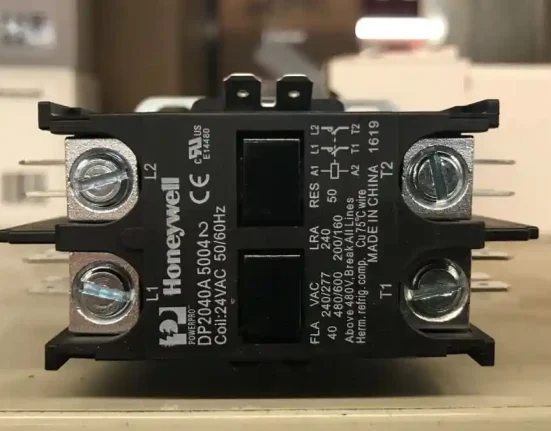Data collection from aircraft, such as altitude, velocity, engine performance, and weather conditions, is critical to improving air travel’s environmental and financial impacts. Modern technology has brought about a radical shift in the collection, analysis, and application of flight data.
Not only is the information more accurate when using these sophisticated instruments, but flying is also much safer and more dependable. This blog will examine six major ways that these sophisticated testing devices are revolutionizing the aviation industry by improving flight data accuracy.
High-Precision Sensors
A multitude of sensors that have been painstakingly designed to monitor and record essential flying parameters can be found at the core of virtually every modern aircraft. Through the utilization of cutting-edge technology, these sensors can deliver data in real-time with unmatched accuracy. The advancements in sensor technology have resulted in the creation of sensors that are more compact, more long-lasting, and extremely sensitive.
These sensors can survive the harsh circumstances of flight while still providing accurate measurements. The information that is provided by these sensors serves as the foundation for conducting an all-encompassing analysis of flight data, which in turn makes the navigation and operation of aircraft safer and more efficient.
Advanced-Data Processing Algorithms
The raw data that is collected by sensors is subjected to a complex processing process that makes use of sophisticated algorithms. To improve the overall accuracy of measurements, these algorithms have been painstakingly developed to sort through the data, eliminate noise that is not necessary, correct environmental variables, and filter out any unnecessary noise. Using machine learning and artificial intelligence, these algorithms can rapidly analyze huge datasets, enabling real-time changes and predictive maintenance based on the study of flight data.
In-Flight Monitoring Systems
Modern airplanes are outfitted with onboard monitoring systems that are designed to continuously monitor the functioning of a variety of aircraft systems and components throughout the entirety of the flight. These systems, which are driven by contemporary testing equipment, collect real-time data regarding the engine’s performance, gasoline consumption, hydraulic systems, and other aspects of the vehicle.
Through the examination of this data in real-time, flight crews can spot abnormalities or possible problems rapidly, which enables them to facilitate appropriate intervention and repair, hence maintaining the flight’s safety and reliability.
Remote Sensing Technologies
When it comes to improving the accuracy of flight data, remote sensing technologies, including satellite-based navigation systems and ground-based radar, play a crucial role. Global Navigation Satellite Systems (GNSS) such as GPS offer precise positioning information, which enables accurate navigation and the most efficient planning of routes.
Radar systems that are stationed on the ground painstakingly and accurately track the movements of aircraft, which enables air traffic control to be carried out without any interruptions and increases flight safety rates overall.
Flight Simulation And Testing
A comprehensive testing process that makes use of cutting-edge simulation technologies is carried out on aircraft and their complex systems before they are put into service. Engineers can conduct a full evaluation of the performance of various components under a variety of settings due to these simulations, which meticulously mimic real-world flying scenarios with astonishing precision. Under the process of putting flight systems under simulated stressors, engineers can identify potential areas of weakness or areas that might be improved, hence increasing the overall dependability and accuracy of the system.
Continuous Calibration And Maintenance
The constant calibration and maintenance of onboard sensors and systems is made easier by the sophisticated testing equipment that is available today. It is important to calibrate sensors regularly so that they can maintain their precision and dependability throughout time. For instance, if you’re looking for high-accuracy instruments that measure parameters such as airspeed, altitude, and vertical speed, you can invest in an air data test set.
This equipment simulates various flight conditions, allowing technicians to verify the performance of sensors and instruments before or after maintenance or repair work. In addition, sophisticated diagnostic tools make it possible to perform preventative maintenance, which gives engineers the ability to identify and address potential problems before they jeopardize the accuracy of flight data or the safety of the aircraft.
Conclusion
The introduction of contemporary testing equipment marks a paradigm shift in the aviation sector, which has significantly improved flight data accuracy and reliability. These technical marvels enable aviation stakeholders to utilize accurate flight data to make air travel safer and more efficient.
These marvels range from the deployment of high-precision sensors to the application of advanced data processing algorithms. The aviation sector is prepared to usher in a new era of precision, reliability, and safety by adopting these developments, which will ensure the well-being of both passengers and crew members alike.






